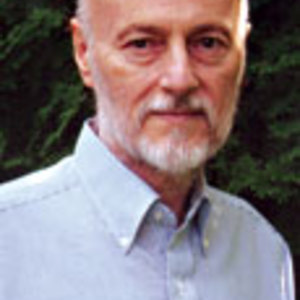The Birches
From alder to ironwood, this family of trees has a suitably hard wood for almost any job
Synopsis: The paper birch is easily recognized and well loved, but it’s just one member of a large family. There’s a birch with just the right weight and strength for almost any application. The dominant lumber sources in the family are yellow birch and sweet birch. Jon Arno talks about their distinguishing features, working characteristics, and availability, as well as where they grow. He shows examples of how birch has been beautifully used, what the various types look like, and how they compare to other common woods.
For me, the thought of birch conjures up pleasant memories of autumn canoe trips in the great north woods with my college buddies. I remember crisp days, clear blue skies and our canoe moving across the still waters. We slipped past the graceful white trunks of paper birch trees on the shore, their brilliant yellow foliage standing in sharp contrast to the dark green spruce trees.
The paper birch is an unforgettable component of our northern forests, and its value to American Indians and early European traders was immense (see the bottom photo on the facing page). Of all our native birches, this colorful species is the one most often used for landscape plantings. But paper birch is only one member of a large family. When it comes to the production of birch lumber and high-quality veneer, it’s a minor player. Actually, the two dominant lumber sources in the family are yellow birch and sweet birch.
Woodworkers take considerable pains to distinguish between red and white oak and soft and hard maple. The birches tend to be lumped together, yet the woods produced by the birch family are more varied in terms of density and working characteristics than any other botanical family native to North America, save the walnuts.
The birch family (Betulaceae) has astonishing range. At one extreme is red alder (Alnus rubra). native to the Northwest. It’s almost as soft as white pine. Its fine texture, pleasant pinkish-tan color and easy working characteristics make it a popular lightweight wood for millwork and cabinetmaking.
At the other extreme is hop hornbeam (Ostrya virginana), better known as ironwood. Like all members of the birch family, hop hornbeam is very finely textured, but it stands apart from its kin in two respects. The horizontally oriented cells of hop hornbeam, called rays, are slightly larger than the rays in the other birches. On a cellular level, this gives hop hornbeam a woven, almost fabric-like, consistency. It is very difficult to split. Hop hornbeam is as hard as some of the hickories and exceptionally resistant to abrasion. These features made it a favorite wood in the 19th century for wagonwheel hubs and mallet heads, but this brutally hard wood is probably too dense to be a viable cabinet wood.
From Fine Woodworking #121
For the full article, download the PDF below:
Fine Woodworking Recommended Products

AnchorSeal Log and Lumber End-Grain Sealer

Ridgid R4331 Planer

DeWalt 735X Planer























Log in or create an account to post a comment.
Sign up Log in